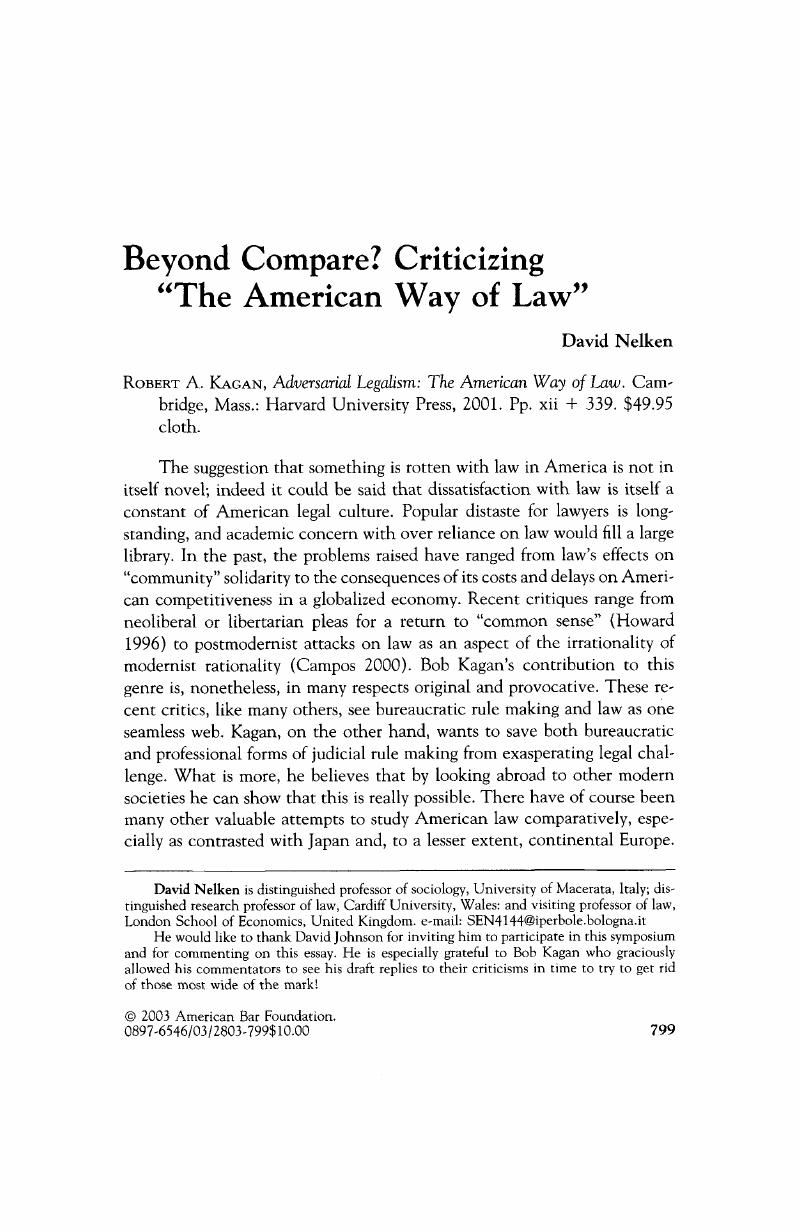Crossref Citations
This article has been cited by the following publications. This list is generated based on data provided by Crossref.
NELKEN, David
2014.
Thinking About Legal Culture.
Asian Journal of Law and Society,
Vol. 1,
Issue. 2,
p.
255.
Nelken, David
2016.
Comparative Legal Research and Legal Culture: Facts, Approaches, and Values.
Annual Review of Law and Social Science,
Vol. 12,
Issue. 1,
p.
45.
Greenspan, Rosann
Aviram, Hadar
and
Simon, Jonathan
2019.
The Legal Process and the Promise of Justice.
Nelken, David
2019.
The Legal Process and the Promise of Justice.
p.
139.



